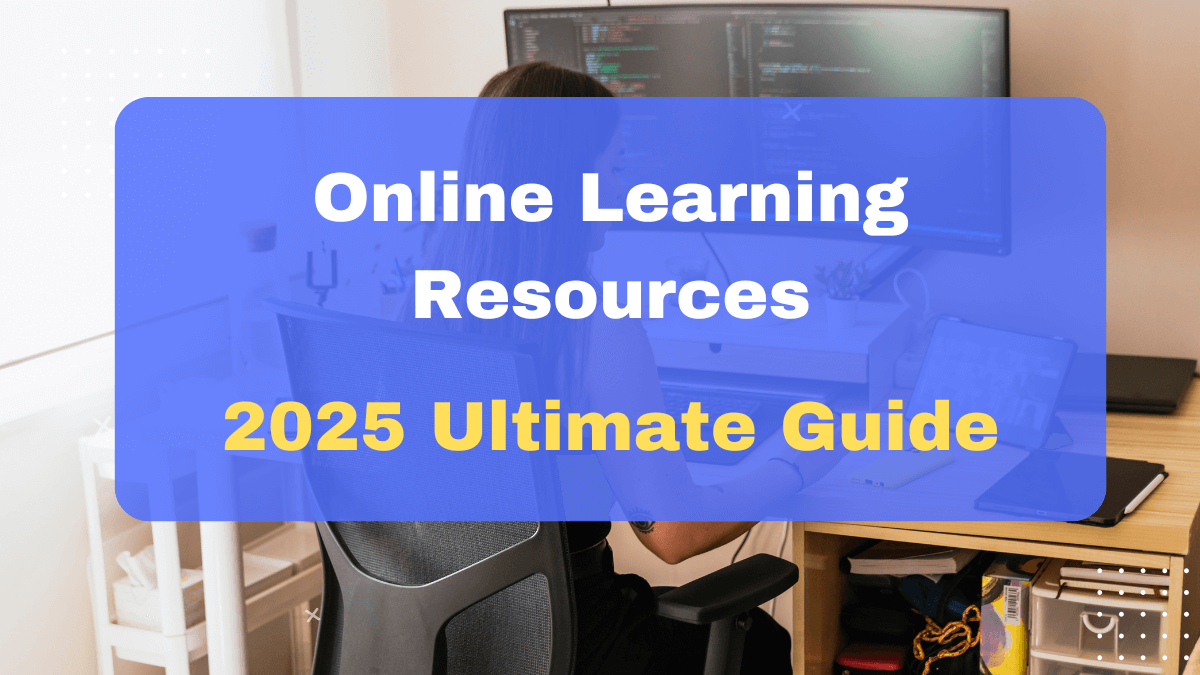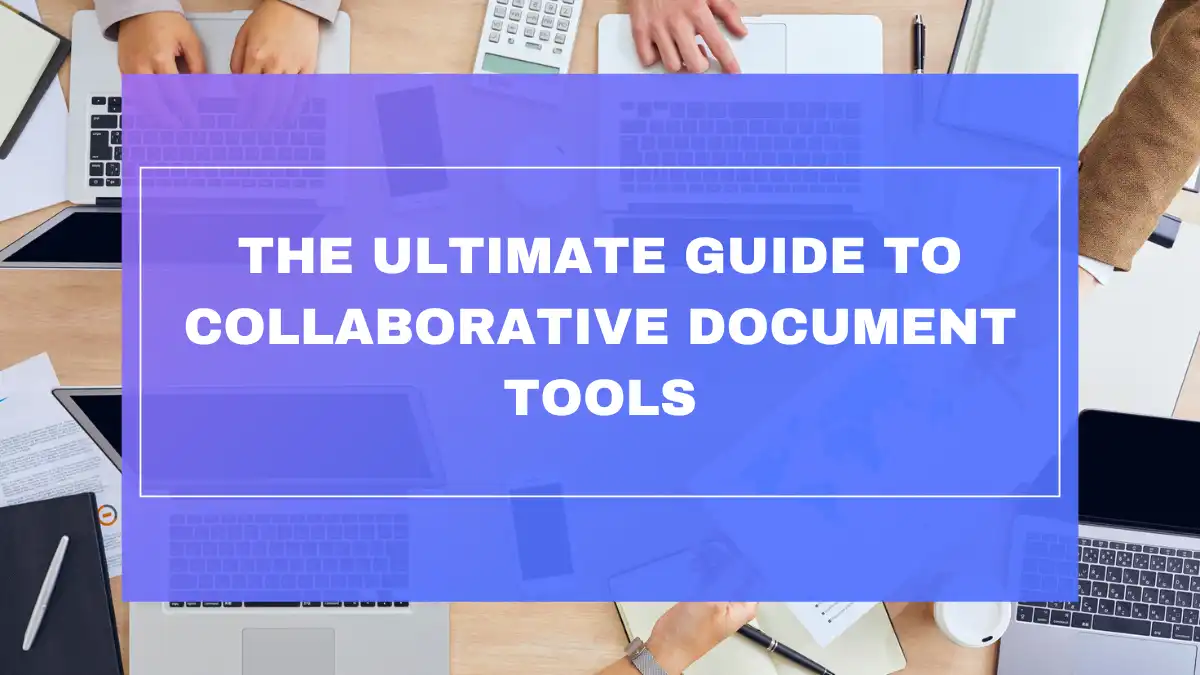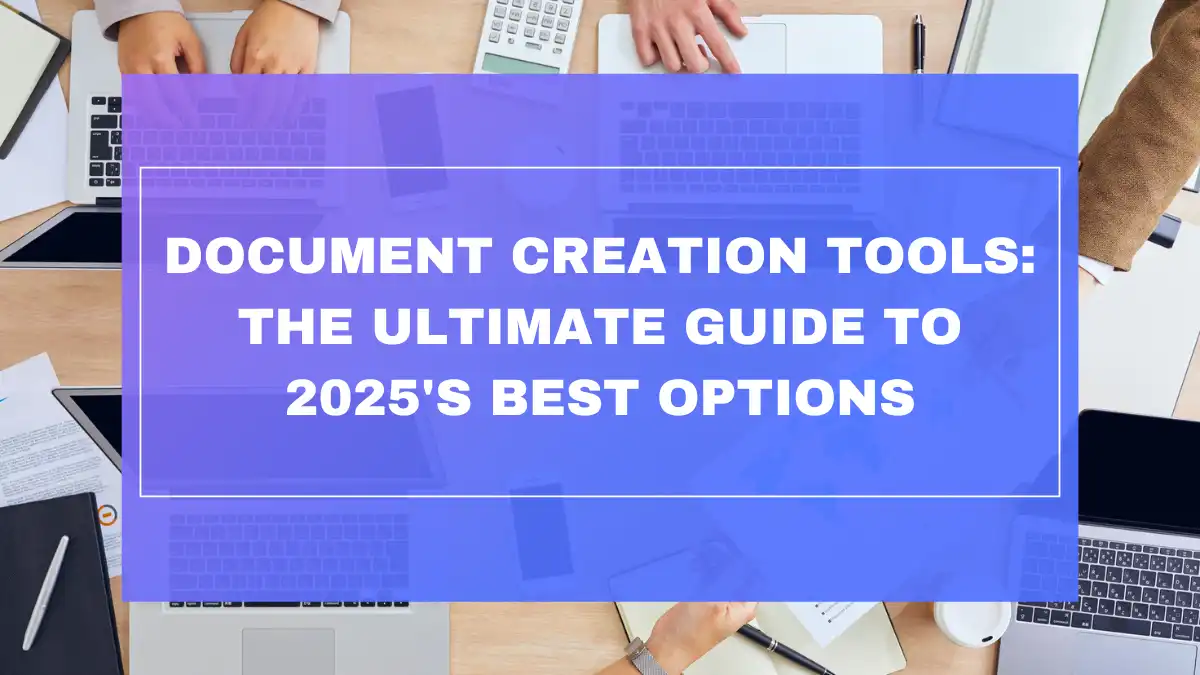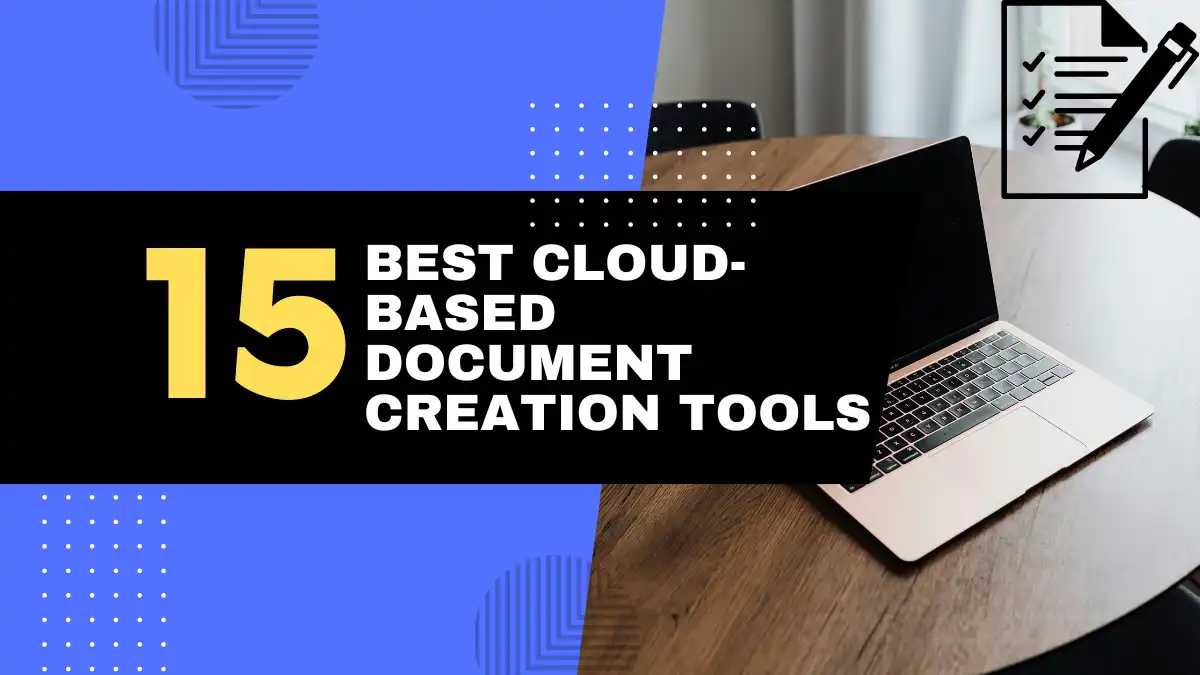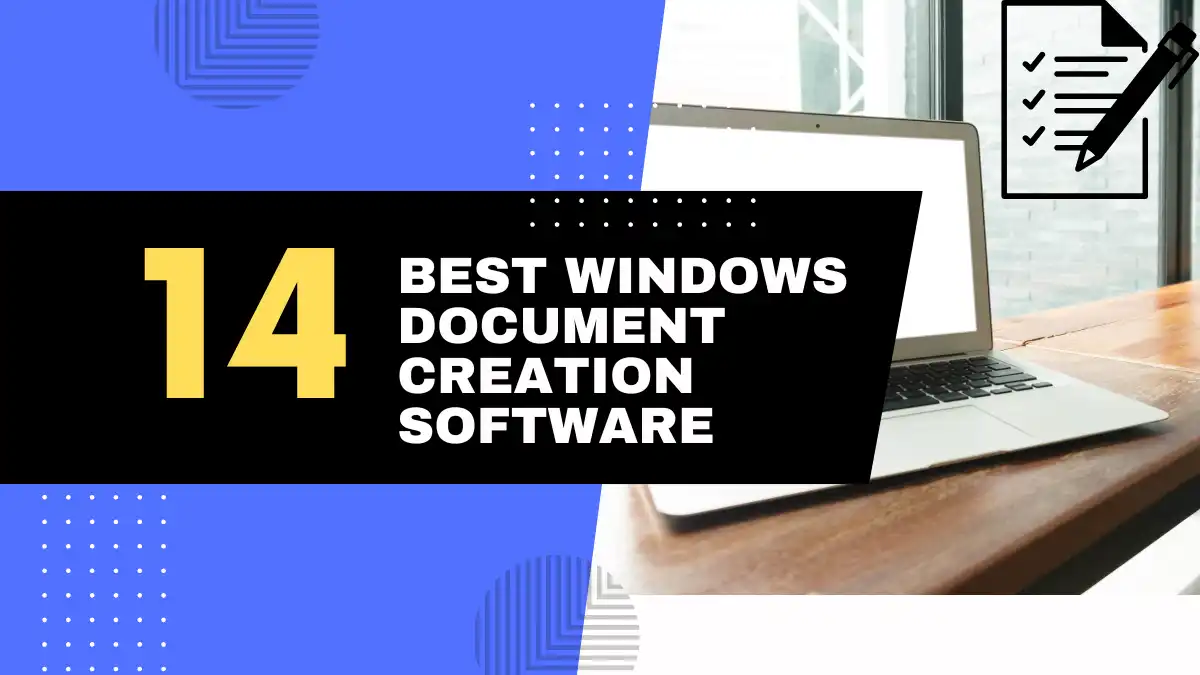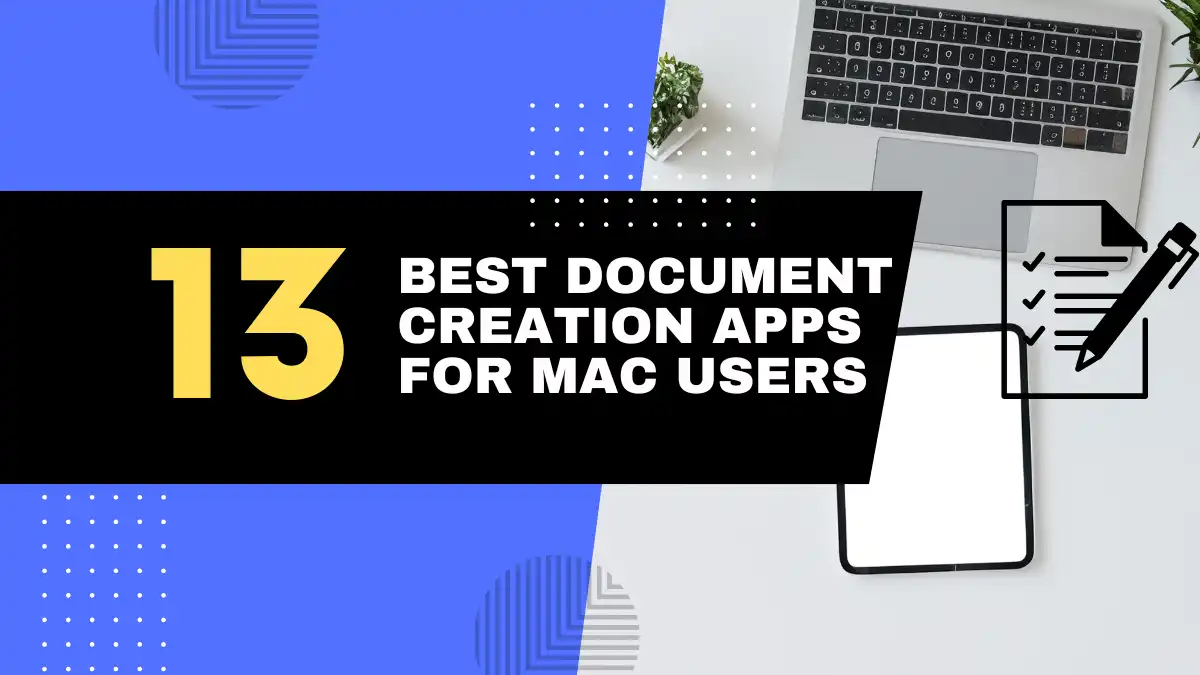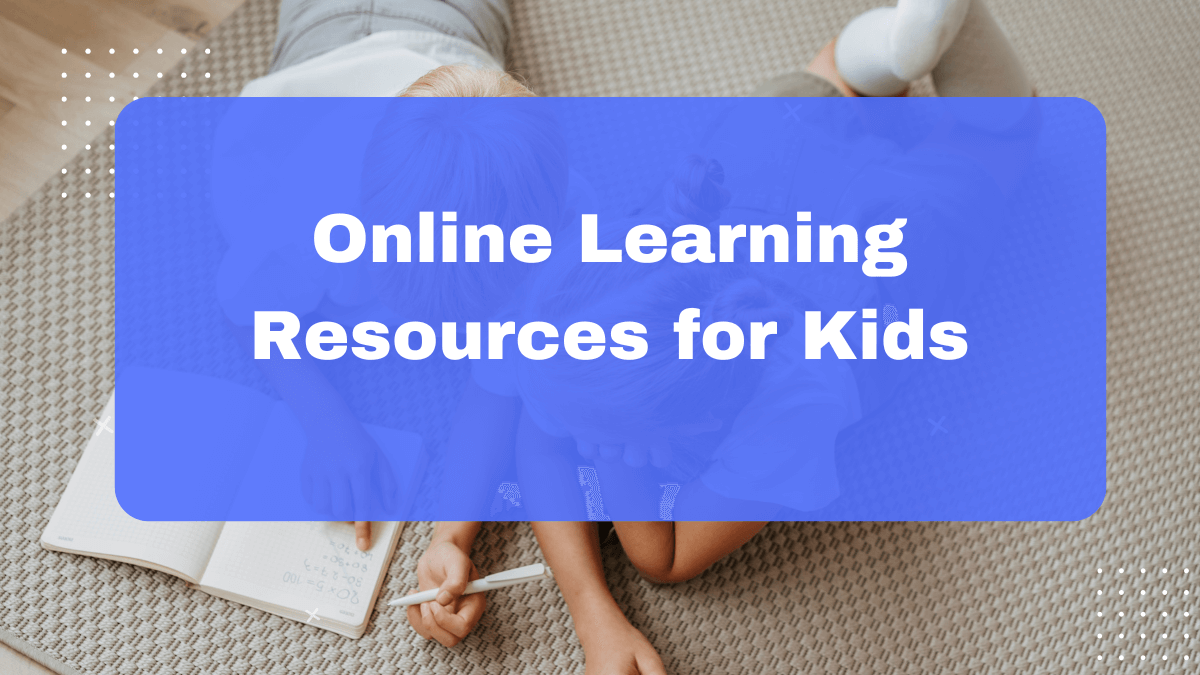
Discover the best online learning resources for kids to enhance education at home. From interactive tools to subject-specific platforms, this guide simplifies your search for effective, engaging, and age-appropriate solutions.
Introduction: Why Online Learning Resources Matter
Online learning resources for kids offer flexibility, accessibility, and engagement, making them essential for modern education. Benefits include:
- Self-paced learning tailored to individual needs.
- Global access to quality content, regardless of location.
- Gamified lessons that boost retention and motivation.
- Diverse subjects, from coding to art, catering to all interests.
Studies show students using online tools often outperform peers in traditional settings (U.S. Department of Education). Let’s explore top resources by age and type.
At-Home Learning Resources by Age Group
Preschool (Ages 3–5)
Focus on play-based learning:
- Sesame Street: Free videos and games for literacy and social skills.
- Starfall: Phonics and math via animations (free/paid).
- PBS KIDS: Science and emotional learning via popular shows.
- National Geographic Kids: Animal videos and nature exploration.
Tip: Keep sessions under 15 minutes; prioritize interaction.
Elementary (Ages 6–12)
Build core skills with structured yet fun tools:
- Khan Academy: Free lessons in math, science, and more.
- CoolMath4Kids: Math games for grades K–6.
- DOGOnews: Kid-friendly news for reading comprehension.
- Monterey Bay Aquarium: Live animal cams and marine biology activities.
Tip: Let kids choose topics to foster independence.
Teens (Ages 13–18)
Support deeper learning and test prep:
- Quizlet: Flashcards and practice tests for all subjects.
- TED-Ed: Thought-provoking videos on complex topics.
- Khan Academy SAT Prep: Free test practice.
- Code.org: Coding tutorials for future-ready skills.
Tip: Encourage goal-setting and time management.
Top Types of Online Learning Resources
1. Interactive Websites
- ABCmouse: Curriculum for ages 2–8 (subscription).
- Funbrain: Math and reading games (free).
- BrainPOP: Animated lessons with quizzes (free/paid).
Benefits: Multi-sensory engagement, instant feedback.
2. Educational Apps
- Duolingo: Language learning via games (free/paid).
- Prodigy Math: RPG-style math challenges (free/paid).
- Khan Academy Kids: Preschool literacy and math (free).
Benefits: Portable, skill-specific practice.
3. Video Platforms
- YouTube Channels: Crash Course Kids, SciShow Kids.
- CuriosityStream: Documentaries on science/history (paid).
- TED-Ed: Bite-sized lessons for critical thinking.
Benefits: Visual explanations from experts.
4. Study Aids & News
- Quizlet/Brainscape: Flashcards with spaced repetition.
- TIME for Kids: Current events for grades K–12 (free/paid).
- Smithsonian TweenTribune: Leveled science/history articles.
Benefits: Boosts literacy and civic awareness.
5. Nature & Science Hubs
- NASA Kids’ Club: Space games and activities.
- San Diego Zoo Kids: Live cams and animal facts.
- National Geographic Kids: Conservation-focused content.
Benefits: Sparks curiosity through real-world exploration.
Free vs. Paid Resources
| Free | Paid |
|---|---|
| Khan Academy, PBS KIDS, DOGOnews | ABCmouse, BrainPOP, Prodigy Premium |
| Pros: No cost, diverse options | Pros: Ad-free, structured curriculum |
| Cons: Ads, limited features | Cons: Cost, potential overcommitment |
Tip: Start with free tools; use paid subscriptions for specialized needs.
Fun Learning Activities Beyond Screens
- Math in Daily Life: Cook together (measurements), budget allowances.
- Family Science: DIY experiments (volcanoes, slime), stargazing.
- Creative Arts: Nature collages, family playwriting.
- Active Learning: Math hopscotch, vocabulary charades.
Balance screen time with outdoor play, reading, and mindfulness exercises.
Tips for Effective Use
- Align with Learning Style: Visual (videos), auditory (podcasts), kinesthetic (apps).
- Set Goals & Schedules: 30–45-minute sessions with breaks.
- Monitor Progress: Use platform analytics; discuss learning outcomes.
- Encourage Offline Application: Reinforce online lessons with real-world practice.
FAQ
Q: Best apps for preschoolers?
A: Khan Academy Kids (free), Sesame Street, Starfall.
Q: Reliable free resources?
A: Khan Academy, PBS LearningMedia, National Geographic Kids.
Q: Balancing screen time?
A: Mix online learning with outdoor play, reading, and hands-on projects.
Conclusion
Online learning resources for kids democratize education, offering personalized, engaging tools for every age and interest. By combining free/paid platforms with offline activities, you can create a dynamic, well-rounded learning environment. Start exploring today to unlock your child’s potential!

